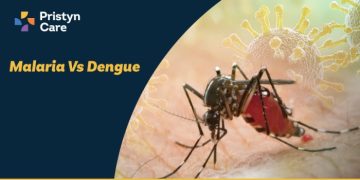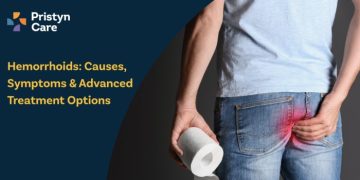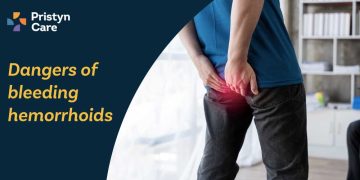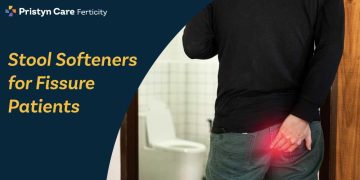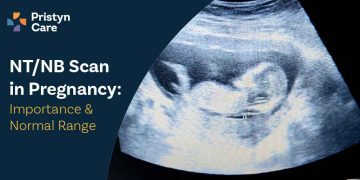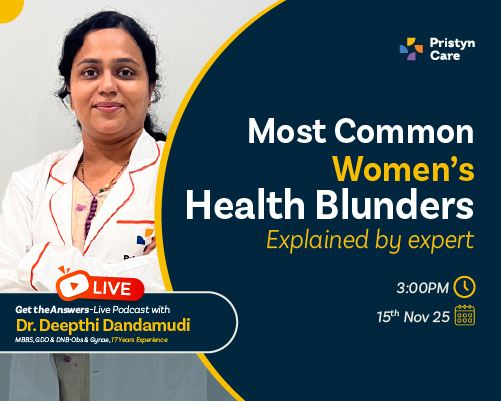At Pristyn Care in Delhi, we understand that surgical issues affecting the digestive tract, urinary system, blood v Read More...
At Pristyn Care in Bangalore, we understand how conditions affecting your digestive tract, urinary system, blood ve Read More...
At Pristyn Care in Hyderabad, we understand how conditions affecting the digestive tract, urinary system, blood ves Read More...
Malaria and dengue are two mosquito-borne diseases and have shown a significant rise in cases recently. These can c Read More...
Losing weight can often feel stressful, particularly when navigating the flood of contradictory online advice and d Read More...
Hemorrhoids, commonly known as piles, are swollen veins in the anus and lower rectum, similar to varicose veins in Read More...
Hemorrhoids, commonly known as piles, are swollen veins in the rectum and anus. While mild hemorrhoids may only cau Read More...
Rectal prolapse is a condition in which the rectum (the last part of the large intestine) slips out of its normal p Read More...
An anal fissure is a small tear in the lining of the anus that causes severe pain, bleeding, and burning during bow Read More...
Anal fissure is a small tear in the lining of the anus that can cause sharp pain, bleeding, and discomfort during b Read More...
Piles (also known as hemorrhoids) are swollen veins in the rectum and anus that can cause pain, itching, bleeding, Read More...
What is an NT/NB scan in pregnancy?
Between weeks eleven and fourteen of pregnancy, an ultrasound s Read More...




